Amazon: Earth's mightiest river
South America's Amazon River is the world's largest river by water volume.
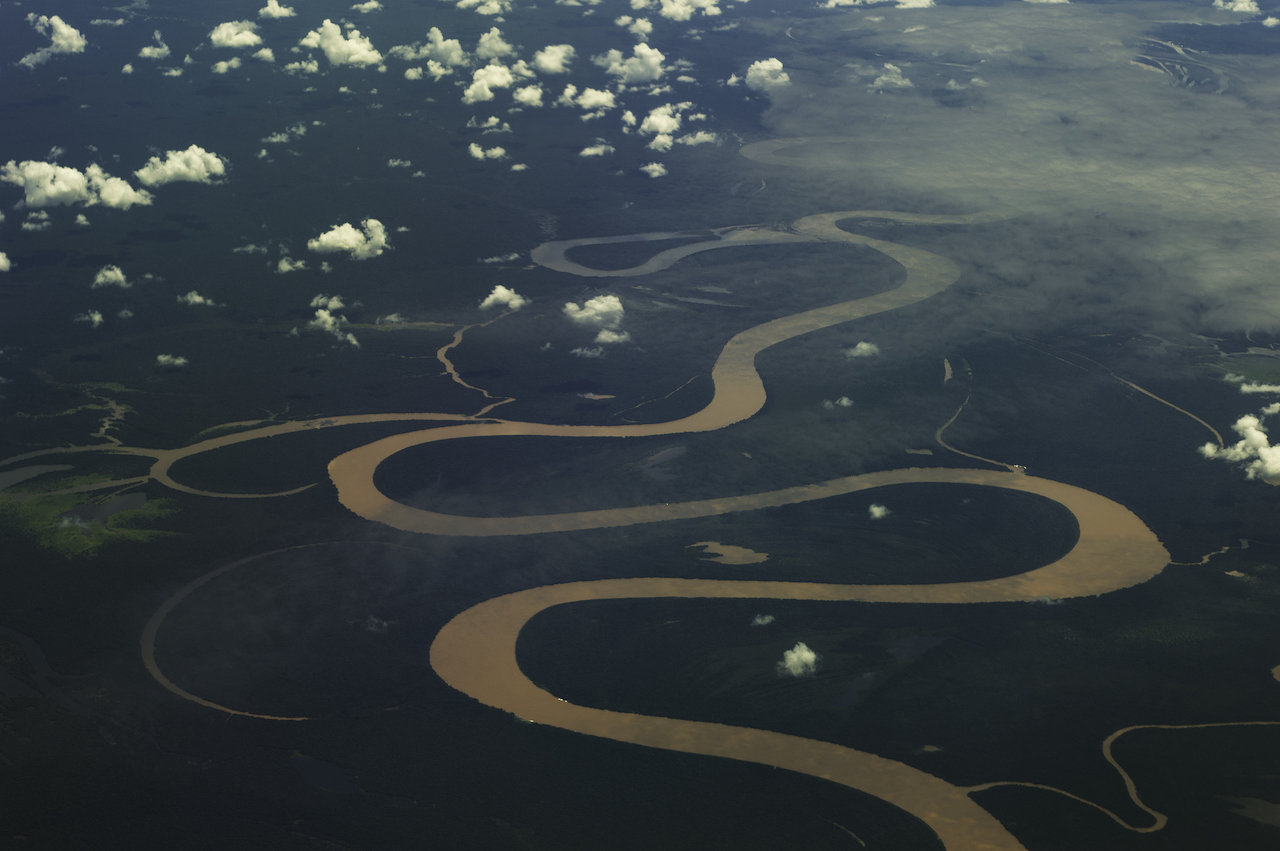
The Amazon River is a massive, intricate water system weaving through one of the most vital and complex ecosystems in the world — the Amazon rainforest in South America. It is by far the mightiest river on Earth in terms of volume and width — reaching a span of nearly 30 miles (48 kilometers) in some parts during the rainy season. The river and its basin are home to many unique species of animals, trees and plants.
The Amazon River's 4,000-mile (6,437 km) journey begins high in the Andes, according to the New World Encyclopedia. These mountains act as a wall blocking the warm, moist air moving in from the east, resulting in heavy persistent rainfall that consistently feeds the Amazon's headwaters. The river then makes its way east through thousands of miles of rainforests and lowlands until it empties into the Atlantic Ocean on the northeastern coast of Brazil.
The Amazon River is the second longest river in the world, according to the International Journal of Geo–Information. It is slightly shorter than the Nile River (4,258 miles or 6,853 km), although some experts contend that the two rivers are so close in length (since measuring methods vary and there is still some dispute over their true sources) that it is difficult to say which river is actually longer.
With more than 1,100 tributaries — 17 of which are over 930 miles (1,497 km) long — the Amazon River has the largest drainage system in the world, according to the book Tropical Rainforest Responses to Climate Change. It is estimated that approximately one-fifth of all the water that runs on the Earth's surface is carried by the Amazon River, according to the Encyclopedia Britannica. In fact, it has greater volume and total discharge than the next six largest rivers combined.
During the dry season (June to November) the width of the Amazon River averages between 2 to 6 miles (3.2 to 9.6 km) depending on the area, and in the wet season (December through April) the width can reach up to 30 miles (48 kilometers). At the height of wet season, the current can travel more than 4 mph (6.4 km/h), according to the New World Encyclopedia.
The river received its name from the Spanish soldier Francisco de Orellana, who is credited as the first European to explore the length of the river in 1541, according to the book Explorers of the Amazon. He named it the Amazon after encountering and engaging in battles with female warriors who reminded him of the Amazons in Greek mythology.
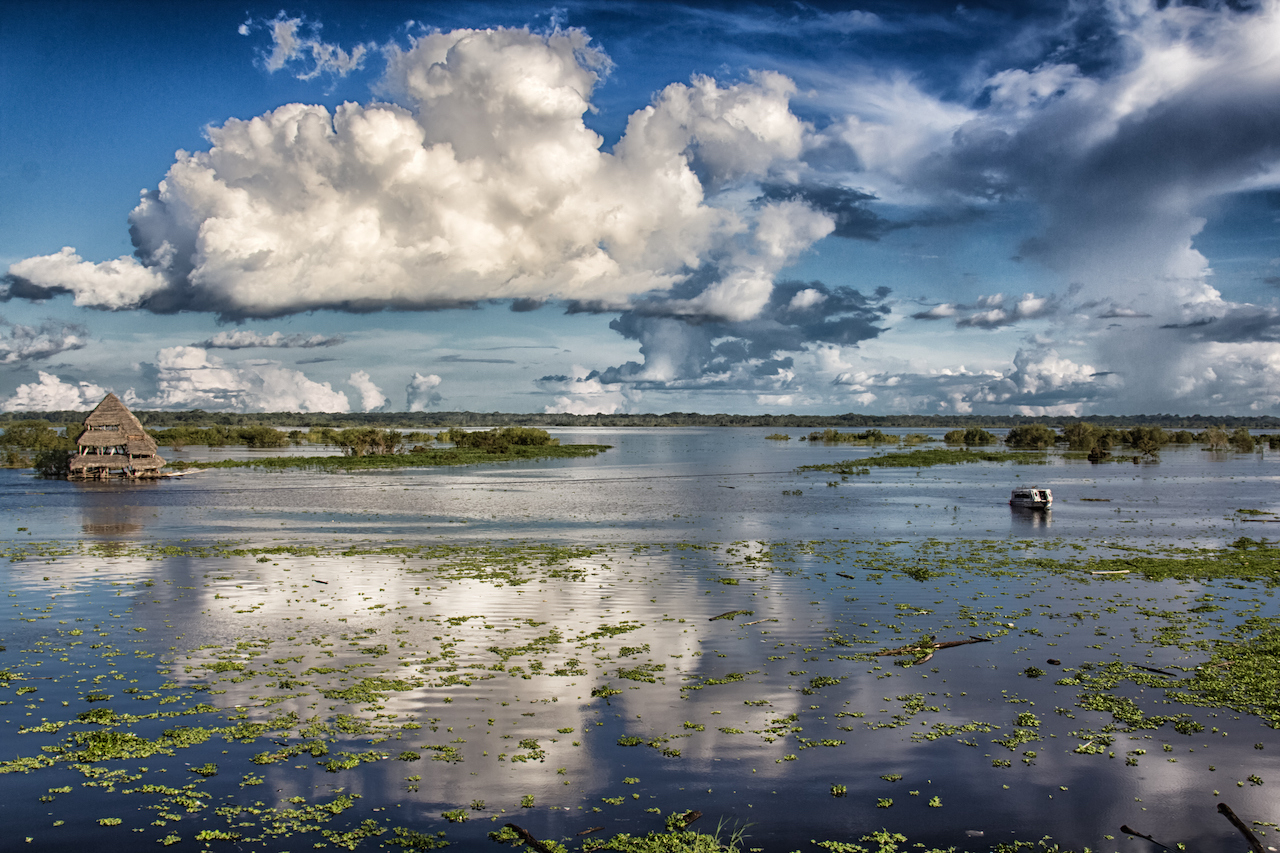
Amazon basin
The Amazon basin is the large area of land that drains into the Amazon River and its tributaries. It occupies about 38 percent of the total area of South America, covering a total of 2.67 million square miles (6.9 million square km), according to the book Biology of Hevea Rubber.
The lowlands around the river and its tributaries flood yearly, deeply enriching the surrounding soil. More than two-thirds of the basin is covered with rainforest, or selva. According to the Center for Global Environmental Education, the basin is located in parts of six countries: Brazil, Peru, Colombia, Ecuador, Bolivia and Venezuela. Most of the basin and about two-thirds of the river itself is located in Brazil.
There are several large cities located in the Amazon basin: Belem, Brazil, located at the mouth of the Amazon River and home to 1.3 million people; Santarem, Brazil, located at the junction of the Amazon River and the Tapajos River; Manaus, Brazil, a city of 2 million people located in the middle of the jungle; and the large metropolis city of Iquitos, Peru, a port city and gateway to the tribal villages of Northern Amazon.
Indigenous people live in approximately 28 percent of the Amazon basin, according to the Amazon Aid Foundation. This includes 350 different ethnic groups with more than 60 of these remaining essentially isolated, according to the Coordinator of Indigenous Organization of the Amazon Basin (COICA).
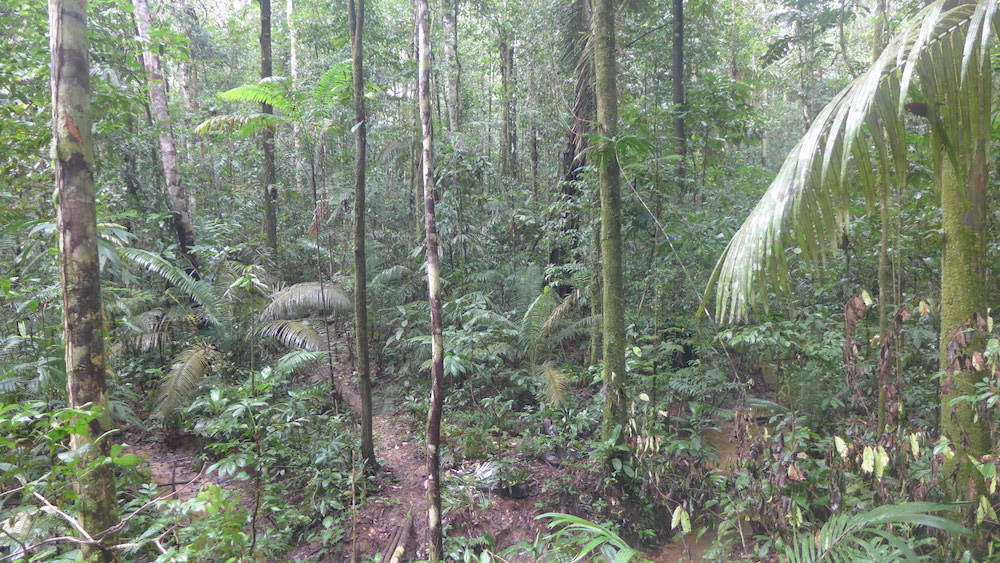
River life
The Amazon River is home to more than 5,600 known species of fish, including 100 species of electric fish and up to 60 species of piranhas, according to Dorling Kindersley (DK). The arapaima or pirarucu, one of the largest freshwater fish in the world (up to 15 feet or 4.6 meters long), also makes its home here.
Related: How do fish breathe?
The Amazon River dolphin is the largest species of river dolphin in the world; its color changes with age from gray to pink to white. The giant otter and the Amazonian manatee also live in these tropical waters.
River reef
An international team of scientists made an unusual discovery during an expedition to the Amazon River — they discovered a coral reef system thriving in the river's plume, the area where the river empties into the ocean.
According to the journal Tellus B, when river water enters the ocean, it has a significant impact on salinity levels, pH, sedimentation, temperature, light penetration and nutrient availability, typically making the environment very unfavorable for reef growth. This is particularly so in the massive Amazon plume, which can reach as far north as the Caribbean Sea.
Patricia Yager is an associate professor of marine sciences at the University of Georgia's Franklin College of Arts and Sciences and one of the scientists on the Amazon River expedition. "The coolest thing about these reefs is that there are corals living at least part of their year in the dark, below the turbid Amazon plume," she told Live Science. "We didn't expect that and we are still trying to understand how their metabolism works."
She explained that these reefs are situated quite low, well below any incoming sunlight — a few hundred feet below the Amazon's turbid plume which itself is about 65 feet (20 m) thick.
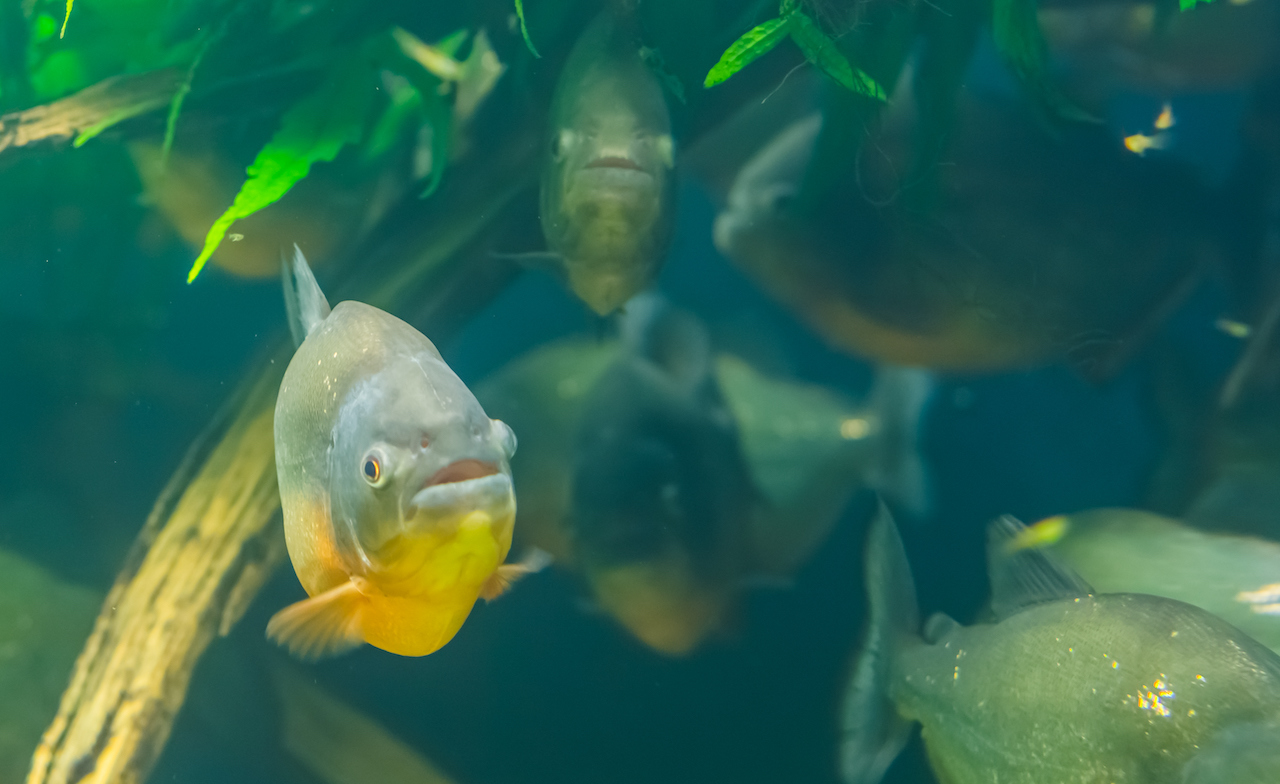
Unfortunately, as with the Amazon rainforest, these unique reefs are susceptible to human activity. "In terms of human threats, the most immediate are oil drilling, phosphate mining and fishing pressure," said Yager.
"But these reefs are well within the tropical surface layer, so they are also likely to be experiencing ocean warming and acidification from human-driven combustion of fossil CO2 (oil and gas). We also know that climate change is impacting the tropical water cycle and therefore the Amazon River, but we are still investigating those connections."
Amazon rainforest
The Amazon River is intricately connected to the delicate ecosystem of the Amazon rainforest — the largest rainforest on Earth, covering approximately 80 percent of the Amazon River basin, according to NASA.
The Amazon rainforest is home to more than one-third of all known species in the world. It features remarkable complexity with as many as 100 arboreal species found on a single acre with few of these occurring more than once, according to Biology of Hevea Rubber. The Amazon rainforest is often referred to as the lungs of the Earth, as it acts as an enormous air machine, absorbing carbon dioxide and releasing vast amounts of life-supporting oxygen.
The rainforest features a unique layering system: the emergent layer, the canopy, the understory and the forest floor, according to World Atlas. The canopy is home to about 70-90 percent of life in the rainforest. The crowns of these trees form a tight continuous canopy about 60 to 90 feet (18.3 to 27.4 m) above ground, and can reach as high as 120 feet (36.6 m). The branches are covered with other plants (epiphytes) and tied together with vines. The canopy helps regulate temperature and humidity and is intricately connected to the region's climate.
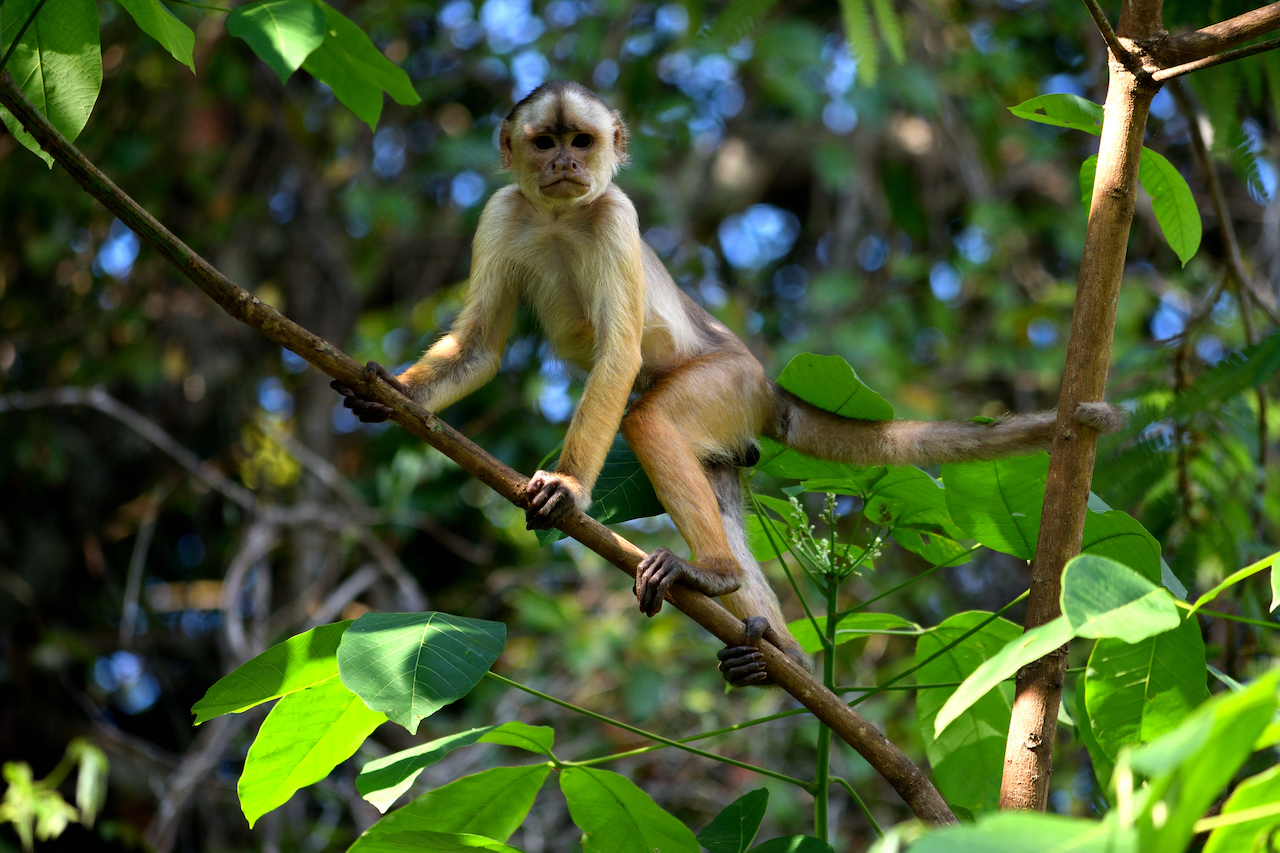
Individual gigantic trees, called emergents, peak out from the canopy, creating the emergent layer. These trees can reach heights up to 200 feet (60 m) above ground. Some animals that live in the emergent layer include the scarlet macaw, capuchin monkey and the harpy eagle, according to the book Ecology.
The understory layer is very dark, receiving only 2-15 percent of the area's sunlight, according to the Missouri Botanical Garden. Because of the scarce sunlight, the understory is far less dense than the canopy and generally consists of young trees and other plants that require very little sunlight to thrive.
The layer with the least amount of sunlight — receiving only 2 percent — is the forest floor. It consists of a thin layer of quickly-decomposing fallen leaves and branches, fruits and seeds.
The Amazon rainforest has been the focus of fervent conservation efforts within the last three decades as human activities have increasingly threatened the delicate balance of the area's complex ecology. The cattle industry in Brazil plays a major role and is responsible for approximately 80 percent of Amazon deforestation, according to a 2009 report by The Guardian.
Transportation
In this land of impassable jungles and limited roadways, the Amazon River is still a primary mode of transportation for many individuals, particularly the indigenous people, according to The Nature Conservancy. River boats and ships commonly shuttle citizens, tourists and goods from one area of the Amazon to another.
But as the growing population continues to depend on the largely unsupervised river for transportation, it has exposed more people to an age-old terror — piracy.
Although pirates have long been a scourge of remote waterways throughout history, the current population boom coupled with the rise of drug gangs and organized crime in the Amazon basin have led to more hijacking opportunities, according to a report in the New York Times.
Many slower-moving riverboats are essentially sitting ducks for the faster boats often manned by heavily armed thieves. Ships are often seized after nightfall, and local governments and police forces are struggling to keep things under control.
Additional resources
For further facts about the Amazon, you can visit the WWF website. Additionally, go to Hamline University's Center for Global Environmental Education website for more information about the river and to test your knowledge of the Amazon.
Bibliography
- "Amazon River". New World Encyclopedia (2021).
- "Assessment of Wetland Ecosystem Health in the Yangtze and Amazon River Basins". International Journal of Geo–Information (2017).
- "Tropical Rainforest Responses to Climate Change". (Springer, 2007).
- "Explorers of the Amazon". (Viking, 1990).
- "Biology of Hevea Rubber". (CABI, 2011).
- "Peoples of the Amazon". Amazon Aid Foundation.
- "The Amazon: Step into the World's Largest Rainforest and Learn All There is to Know About the Mighty". (Dorling Kindersley (2015).
- "Role of river discharge and warming on ocean acidification and pCO2 levels in the Bay of Bengal". Tellus B: Chemical and Physical Meteorology (2020).
- "Mapping the Amazon". NASA Earth Observatory (2019).
- "Ecology". Encyclopedia Britannica Inc (2010).
- "Indigenous Communities and Scientists Envision a Cleaner Amazon Basin". The Nature Conservancy (2021).
Sign up for the Live Science daily newsletter now
Get the world’s most fascinating discoveries delivered straight to your inbox.











